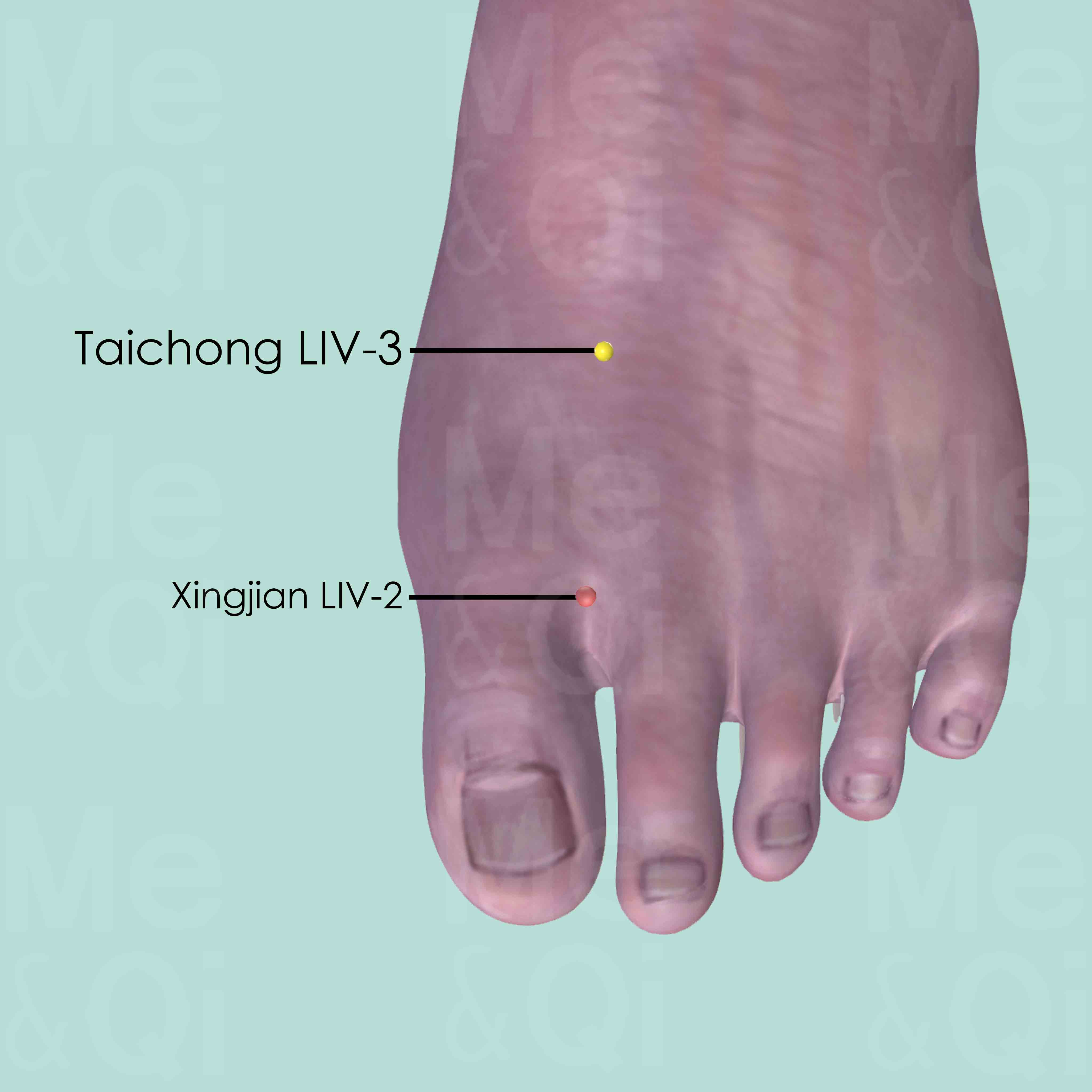Proneness To Worryaccording to TCM
Symptom family: Fear and Anxiety
Root Causes of Proneness To Worry in TCM
Explore below more details about what might cause Proneness to worry according to TCM.
- By Syndrome
- Blood Stasis
Blood Stasis
Blood Stasis in TCM is a concept where the blood flow in the body is not as smooth or efficient as it should be. Imagine a river that's supposed to flow freely, but instead, it's getting blocked or moving too slowly in some parts. This can lead to various health issues, like pain that feels sharp or stabbing, dark bruises, and a complexion that looks purplish. TCM believes that good health relies on the smooth and vibrant flow of Qi and blood throughout the body, so when blood gets stuck, it's like a traffic jam in your body, leading to discomfort or health problems.... see more
Blood Stasis Patterns That Can Lead to Proneness To Worry
| Pattern Name | Relevant Symptoms | Relevant Formulas |
|---|---|---|
| Blood Stagnation in the Directing and Penetrating Vessels | Tendency to worry, Irregular periods, Brown vaginal discharge, Dark menstrual clots, Menstrual cramps, Dark menstrual blood, Prolonged lochia, Lower abdominal pain, Umbilical pain, Breast engorgement, Breast pain... see more | Gui Zhi Fu Ling Wan |
TCM Herbal Formulas for Proneness To Worry
See more details below about Gui Zhi Fu Ling Wan, a herbal formula used to address proneness to worry.
- By Cause
- By Formula Type
- Blood Stasis
- Formulas that invigorate blood and dispel blood stagnation
Top Formula for Blood Stasis:
Gui Zhi Fu Ling Wan
Suitable for Blood Stasis patterns that may cause proneness to worry, such as Blood Stagnation in the Directing and Penetrating Vessels
Learn moreFormulas that invigorate Blood and dispel Blood Stagnation
These formulas are suitable for some proneness to worry-causing patterns like Blood Stagnation in the Directing and Penetrating Vessels.
One such formula is Gui Zhi Fu Ling Wan, with cinnamon twigs as a key herb.
Acupoints for Proneness To Worry
See more details below about Taichong LIV-3, an acupoint used to address proneness to worry.
- By Meridian
- Liver Channel

Taichong LIV-3
On the dorsum of the foot, between the 1st and 2nd metatarsal bones, in the depression proximal to the metatarsophalangeal joints and the proximal angle between the two bones.
